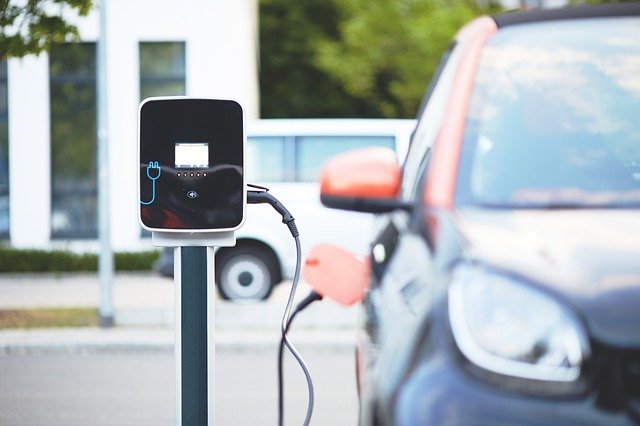
Congratulations on your decision to buy an electric vehicle (EV). With an EV, you’ll save money on fuel and maintenance costs while promoting a cleaner environment in the process. After buying an EV, though, you might be wondering whether you should charge the battery to 100%.
Maximizes Range
By charging your EV’s battery to 100%, you’ll be able to drive for the longest possible distance per charge. Some EVs have a maximum range of 200 miles. Others have a maximum range of over 600 miles. Range, of course, is heavily influenced by how much the battery is charged. An EV with a fully charged battery will likely have a longer range than an EV with a 30% or 40% charged battery.
Shortens Lifespan
On the other hand, charging your EV’s battery to 100% may shorten its lifespan. Nearly all EVs use lithium-ion batteries. Also known as Li-ion batteries, they are rechargeable cells that feature lithium ions. Lithium-ion batteries are used in everything from laptops and smartphones to scooters and, of course, EVs.
While lithium-ion batteries are rechargeable, they are susceptible to degradation when fully drained and then fully charged. In other words, draining your EV’s battery to 0% and then recharging it to 100% will degrade the battery.
A single cycle of draining and recharging to 100% may not have any effect on a lithium-ion battery. As lithium-ion batteries are continuously drained and then fully recharged, though, they’ll degrade. Their charging capacities will decrease, or they may completely fail altogether.
Most EVs Have Built-In Protection Systems
Continuously charging your EV’s battery to 100% after fulling draining it may reduce its charging capacity and shorten its lifespan. But the good news is that you typically don’t need to worry about this affecting the battery’s lifespan.
EV automakers realize that lithium-ion batteries are susceptible to degradation when fully drained and then recharged to 100% many times. Therefore, many of them implement protection systems to prevent this from happening. Your EV’s battery may show “100%,” but it probably won’t be fully charged. These built-in protection systems are designed to limit the amount that drivers can recharge their batteries.
You can refer to your owner’s manual for information on recharging your EV’s battery. The owner’s manual should contain recommendations from the automaker regarding how much you should recharge the battery. Nonetheless, most automakers have built-in protection systems that protect the batteries from degradation caused by cycles of draining and then recharging to 100%.

